What is a cristalino? Is cristalino mezcal actually a thing? We get into it.
A cristalino is an aged agave spirit that has been processed to remove the color imbued by time in the barrel. The trend started in the tequila industry.
How are cristalinos made?
Typically, activated carbon dust is added to an añejo tequila, which is then filtered to remove the amber to brown hue that agave spirits acquire while aging in barrels. An alternative (and rare) method is to render an aged tequila clear by distilling it for a third time, but this is more expensive than the filtering process and results in a smaller batch of the end product.
Do cristalinos taste the same as traditional aged tequilas?
Proponents of cristalinos claim the tequilas have the brightness of a blanco with the “smoothness” of an aged tequila. Supposedly the filtering process doesn’t remove the flavor imbued by barrel aging, but that’s debatable. Many cristalinos rely on additives to replace the flavors removed during the filtering process.
Are cristalinos an official class of tequila, like reposados?
Cristalino is not yet legally recognized as an official category or class of tequila such as 100% agave (a category) or reposado (a class). The CRT permits cristalinos and has laid down some ground rules for production.* For now Cristalino is essentially a marketing term, but a popular one, and likely to be officially defined in the next revision of the regulations that govern the industry.
Why age a tequila only to remove some of the qualities of an aged tequila in an elaborate process that seems to defy reason?
Cristalinos are clearly a marketing gimmick. But this isn’t just the matter of rebranding. For a marketing gimmick, creating a clear añejo is pretty labor intensive and costly. So why do it?
The first cristalinos emerged at a time when there was a surplus of aged tequila.** A popular theory goes that someone realized a novel product would be a good way to get consumers excited–thus revitalizing the market for a bunch of aged tequila that was taking up storage space.
Whatever the case, the person who came up with the idea was on to something. Jose Cuervo lays claim to the first clear yet aged tequila. They released their Maestro Dobel Diamante in 2008.* The tequila is a filtered joven. Don Julio was next in line with DJ70 in 2011. They upped the game by filtering an añejo. In a testament to the human tendency to support absurd trends, there are now well over 100 tequila brands that offer cristalinos. Because the category is officially undefined at this juncture, cristalinos may be made from any type of aged tequila, from joven to extra añejo.
Is cristalino mezcal a thing?
Only a handful of mezcal brands offer cristalinos. Contraluz claims to be the first cristalino mezcal. As you might expect, cristalino mezcals tend to be made by large operators. José Cuervo is behind two of these expressions, 400 Conejos Cristalino and Creyente Azul. Zignum also makes a cristalino. Cristalino mezcals are arguably an even stranger product than cristalino tequila, because aging in barrels is not a common practice in the mezcal industry.
What about cristalino raicilla?
In an even odder twist, a brand called La Tersa is marketing a cristalino raicilla. Since raicilla is a nascent category on the international market and barrel aging is not really a raicilla tradition, it’s telling that a cristalino raicilla has already made its way to US shelves.
* Taste Tequila: “What are “Cristalinos” and who are they for?
**From A Field Guide to Tequila by Clayton J. Szczech

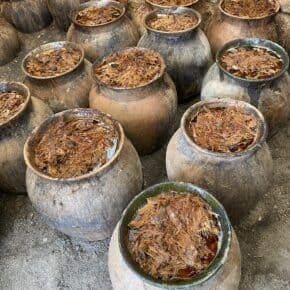
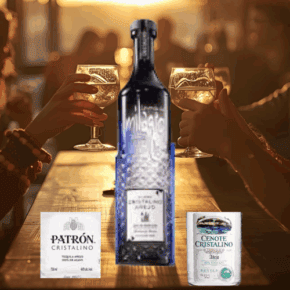
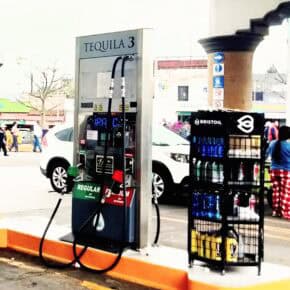
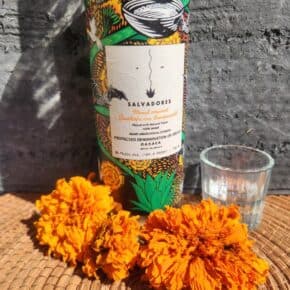
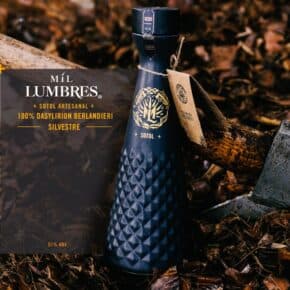
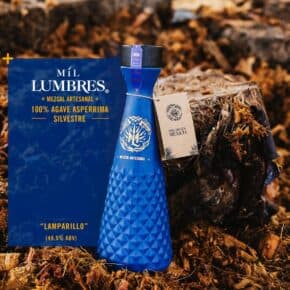
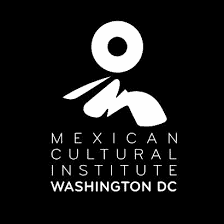


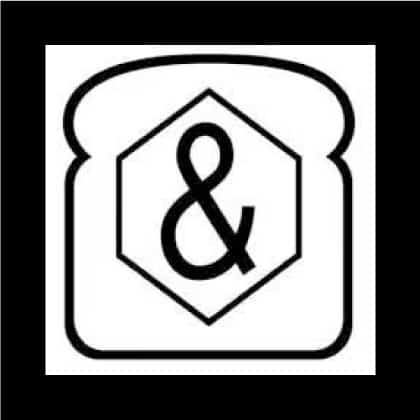
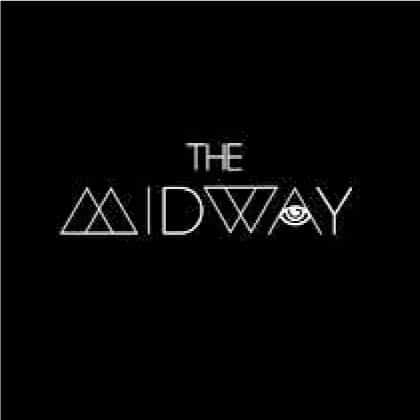
Leave a Comment